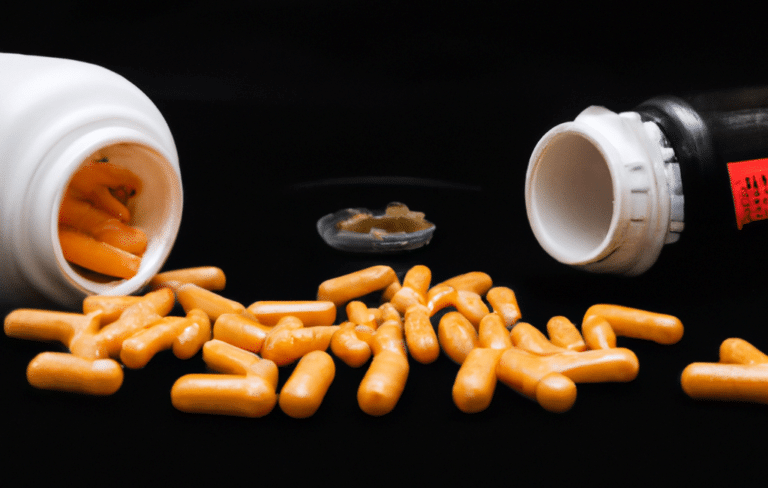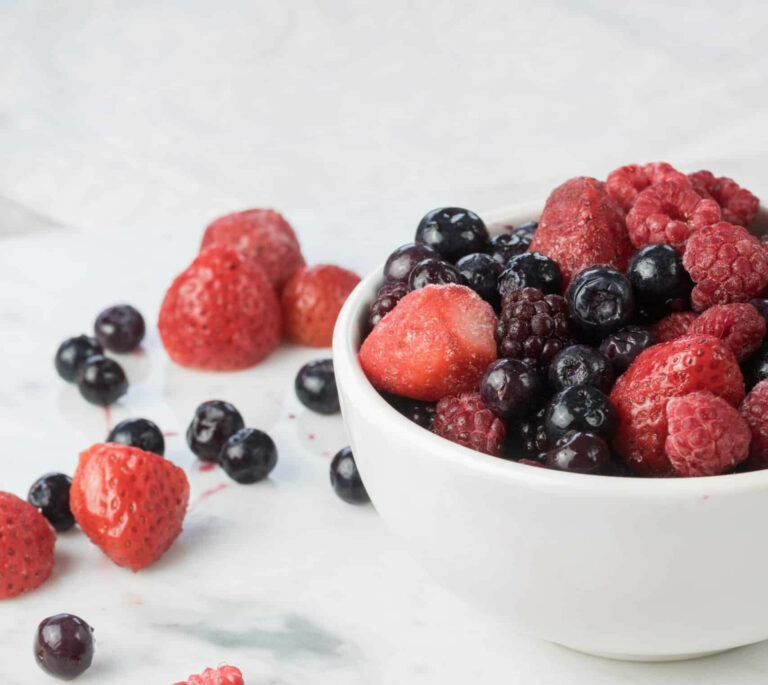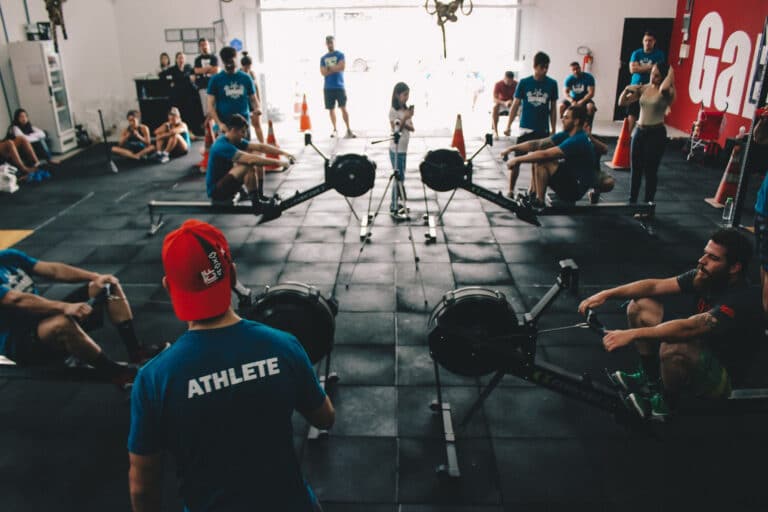Taking a different direction
Sometimes these articles feel like it’s the world against the bros, but today let’s talk Bros before Nerds: taking an opposite approach. When you step into the lively world of health and fitness, you inevitably encounter two prominent figures: bro-science and real science. Traditionally, these two entities have been positioned asantagonistic, but perhaps there’s a more constructive perspective to adopt. This article takes a different tack, proposing that bro-science often provides anecdotal evidence for theories which are not yet fully vetted or tested by science.
Firstly, let’s distinguish between the two. Bro-science is colloquially known as gym lore, the ‘tried and true’ methods passed down from one gym-goer to another, often lacking formal scientific validation. Conversely, real science refers to conclusions drawn from methodically conducted and peer-reviewed studies, typically the gold standard of evidence.
However, viewing bro-science and real science as mutually exclusive may create a blind spot in our understanding. Instead, consider them as parts of a broader spectrum of knowledge, with personal anecdote and rigorous research at opposing ends.
Bro-science often stems from observation and personal experience, a basic form of empirical learning that forms the bedrock of scientific inquiry. While it’s criticized for its lack of control and potential bias, it isn’t devoid of value. For example, before the advent of scientific nutritional studies, many athletes had already figured out the value of carb-loading before an event—an insight later validated by research.
Furthermore, bro-science can act as a petri dish for hypotheses. The gym is a lab of sorts where thousands of people experiment with their bodies every day. They try different diets, routines, and recovery techniques, leading to a vast anecdotal database. Such bro-science observations often provide real-world insights that are difficult to capture in controlled experiments. They can generate questions and hypotheses that real science can then investigate more thoroughly.
For example, consider the case of High Intensity Interval Training (HIIT). Before it became a scientific buzzword, it was a staple of many athletes’ regimes. Bro-science shared the anecdotal evidence of the efficiency of this workout style, spurring researchers to study and eventually validateits effectiveness. Thus, bro-science became a springboard for scientific inquiry and knowledge advancement.
However, it’s essential to acknowledge the limits of bro-science. Anecdotal evidence can lead to insights, but it can also mislead. Human bodies are complex systems that are influenced by a multitude of factors, many of which are difficult to control or even perceive. The efficacy of a particular workout routine may vary greatly between individuals due to differences in genetics, diet, sleep patterns, stress levels, and more.
Moreover, the psychological phenomenon of confirmation bias can warp perceptions. Individuals may perceive success in their fitness routines due to their belief in the effectiveness of the methods rather than the methods themselves. For this reason, it’s crucial that bro-science hypotheses are subjected to rigorous scientific testing before they’re broadly adopted.
There’s also the risk of oversimplification in bro-science, as intricate biological processes are often reduced to catchy phrases or simplistic rules. While these can serve as handy mnemonic devices, they can also misrepresent the complexity of the processes involved. Real science helps parse these complexities and provide nuanced understanding, enhancing the information passed down through bro-science channels.
So, how should we navigate this interplay of bro-science and real science? First, approach both with a sense of curiosity and a critical eye. Bro-science can offer fresh perspectives and practical insights drawn from real-world experiences. Simultaneously, it’s crucial to remain aware of its potential biases and limitations. Use these insights as starting points, not definitive answers.
Secondly, encourage dialogue between the two domains. Fitness professionals and enthusiasts should actively engage with scientific research and bring its insights into their practice. Researchers, in turn, can use the hypotheses and anecdotal evidence from the field to guide their investigations. Bro science should be informative. There are many cases where it is impossible or unethical for real science to test our hypotheses. It’s valuable for us to know this and for science to accept that we have unfettered access to try supplements on ourselves.
In conclusion, bro-science and real science are not diametric opposites but parts of a dynamic, interconnected system. Bro-science, with its roots in anecdotal evidence and personal experience, can act as a launchpad for scientific inquiry. Real science, in turn, can validate or debunk bro-science, refining our collective knowledge. Approached with curiosity, skepticism, and open-mindedness, both can enhance our understanding of health and fitness.
Disclaimer: This article is intended for informational purposes only and is not meant to serve as professional medical or fitness advice. The information provided should not be used for diagnosing or treating a health problem or disease. It is not a substitute for professional care or consultation with qualified healthcare or fitness professionals. If you have concerns about your health or fitness, please consult with a healthcare or fitness professional before making any changes to your training, nutrition, or lifestyle. The author and publisher disclaim any liability or responsibility for any loss, damage, or injury that may occur as a result of following the information provided in this article.








